![[background image]](https://cdn.prod.website-files.com/68ab43c4963b806f21e5c063/68b8469beb5bae6facfb8509_59a686d7ea8323f6b0a5ee7f1d237eee.jpg)
Sports and athletic facility fencing ensures safety, security, and optimal play conditions for players, spectators, and equipment. Professionally installed fencing enhances durability, meets regulatory standards, and withstands heavy use and Florida weather
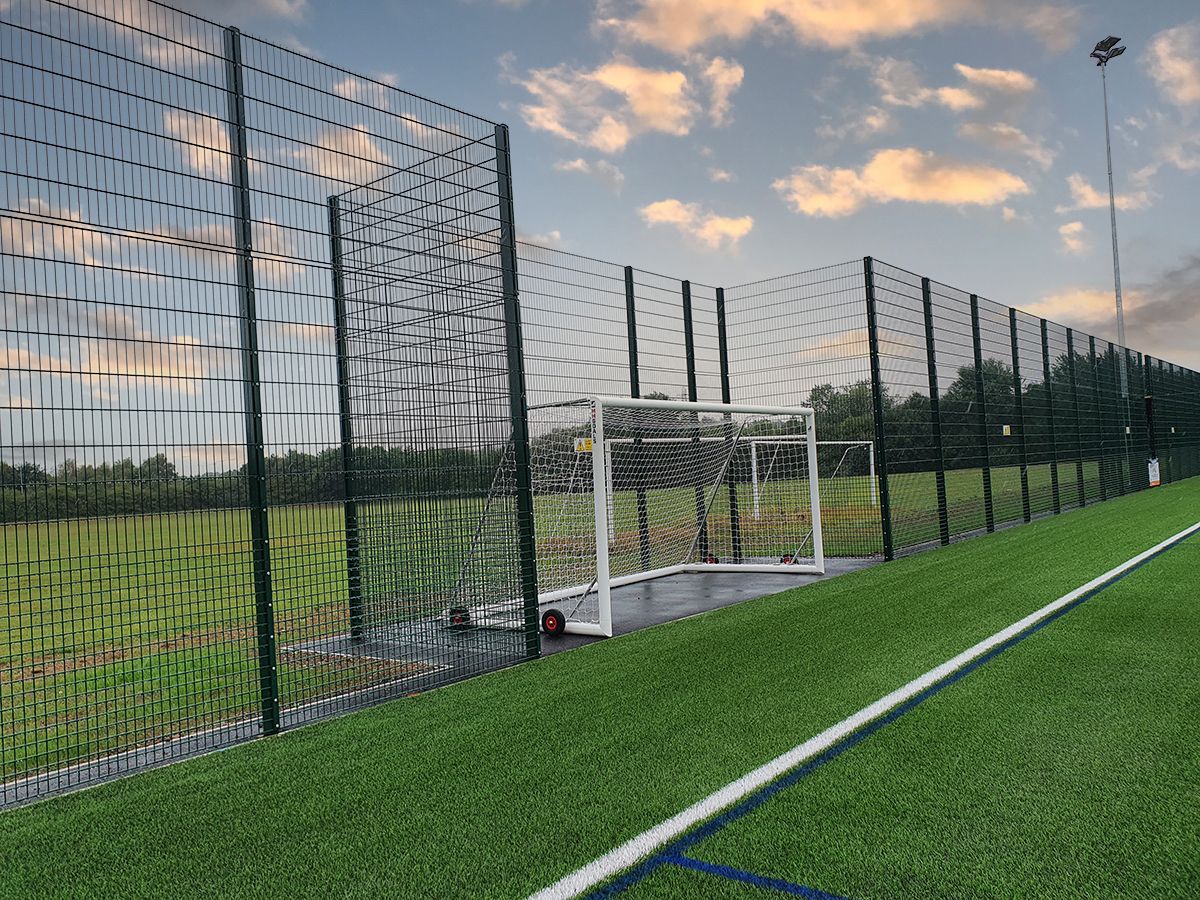
Baseball & Softball Fencing
Tennis & Pickleball Court Fencing
Multi-Use Field Fencing (Soccer, Lacrosse, Football)
Track & Campus Perimeter Fencing
Batting Cages & Training Zone Fencing
Golf & Driving Range Netting
Playground & Park Fencing
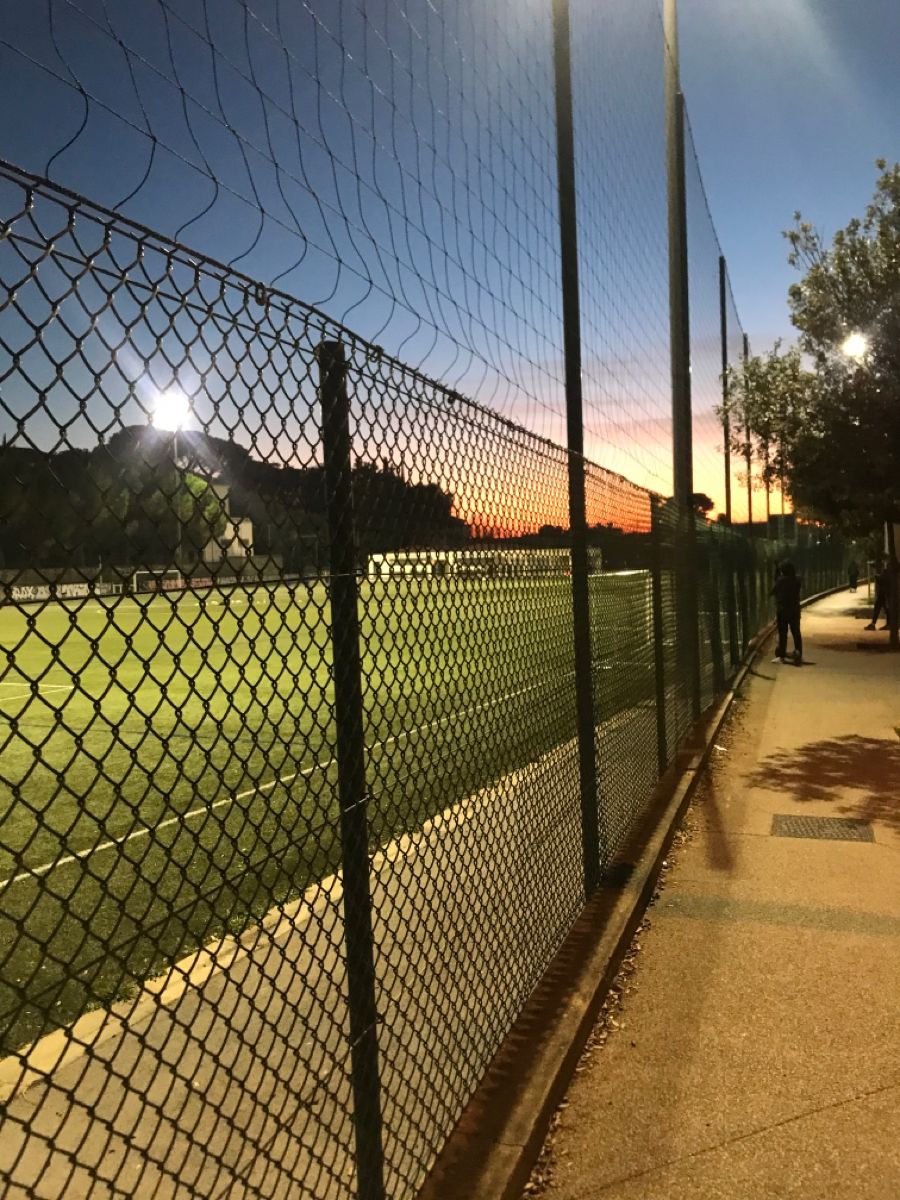
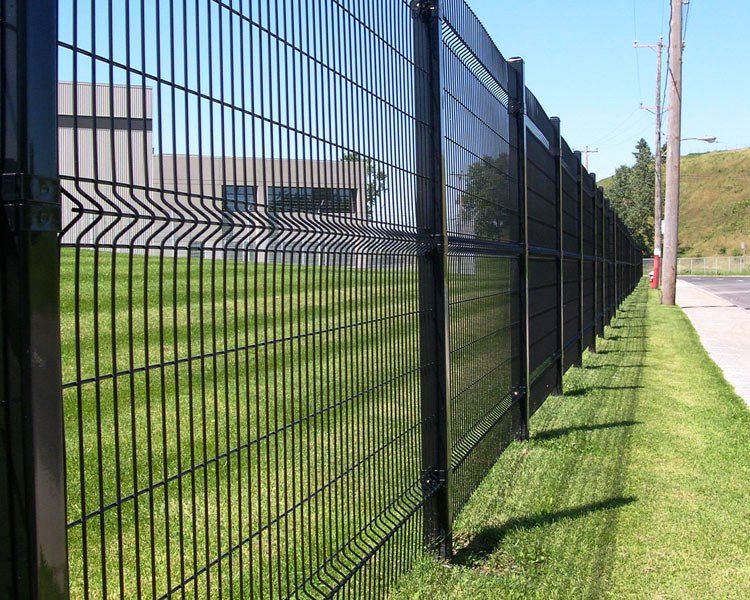
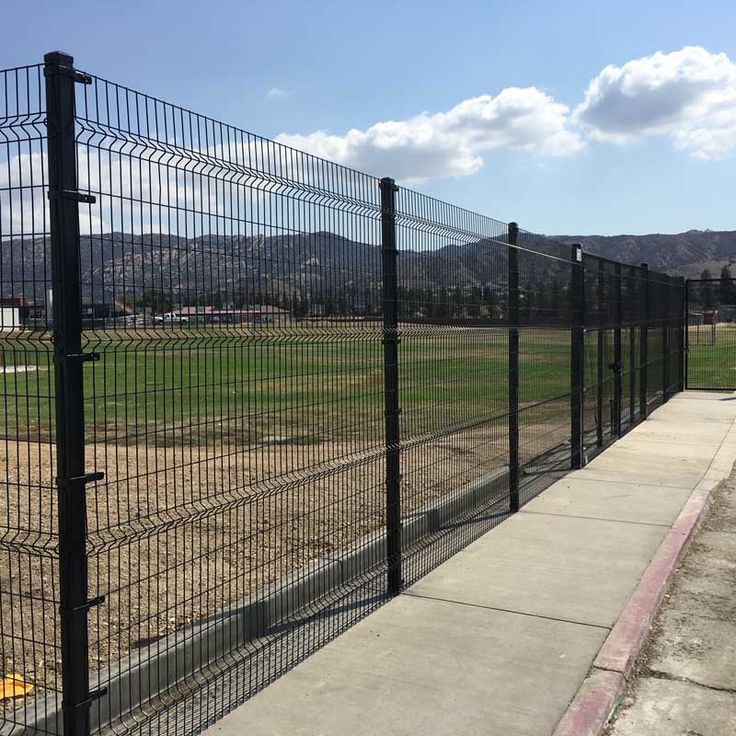
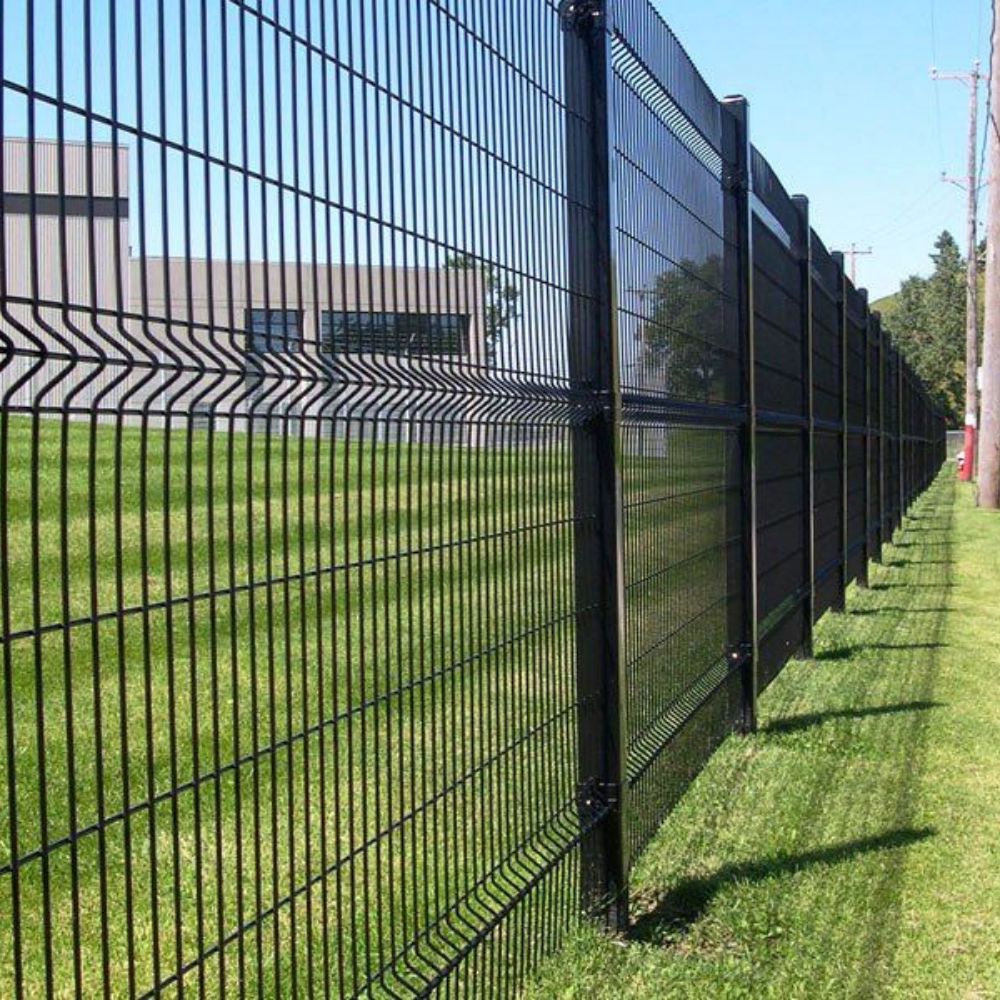
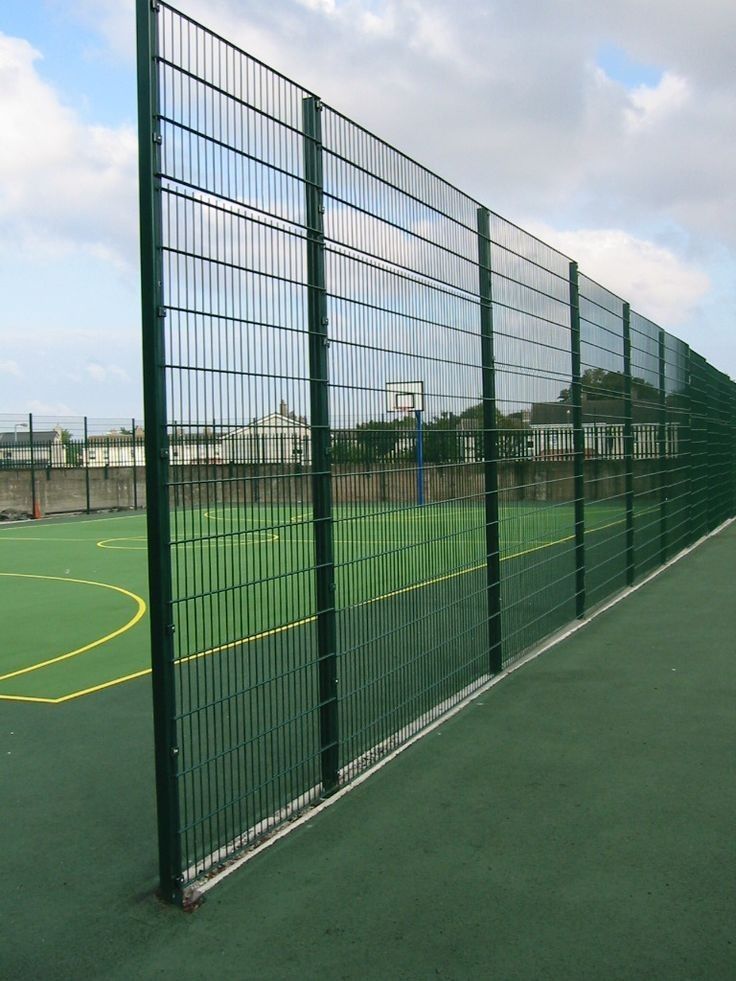
We start by evaluating your facility to ensure proper layout and safety.
We provide a detailed plan and estimate, outlining the work needed, materials, and costs upfront
We handle necessary documentation for smooth project execution.
We plan installation around facility use to minimize disruption.
Our team ensures a precise, safe, and durable fencing system.










Have questions about fencing? Our team is here to help — reach out anytime by phone or Fill out the form and we will contact you.
Trusted by Tampa Bay homeowners and businesses.
Frequently asked Questions
Learn MoreFor most municipal and school courts, vinyl-coated chain link hits the sweet spot on price and durability. If you want a more modern look with stiffer panels, welded wire is a great upgrade—especially at spectator areas.
Courts commonly use 10'–12' enclosures, with smaller mesh to prevent ball squeeze-through. We’ll match local preferences and your coach’s input.
Screens add wind load. We counter with heavier posts/footings, shorter panel bays, extra bracing, and correct tie spacing. On exposed sites, we can design removable screens before hurricanes.
Yes—perforated windscreens balance branding and airflow. We’ll spec grommet patterns and attachment methods that reduce sail effect.
Use smaller mesh (tighter diamonds) for the backstop and spectator areas to prevent finger/ball squeeze-through, with smooth, covered ties on the spectator side
Vinyl-coated fabric over galvanized wire plus powder-coated framework holds up very well. We recommend stainless or hot-dip galvanized hardware and a simple rinse routine near open water.
We design clear widths, proper thresholds, and hardware that meets common ADA expectations. We’ll coordinate with your facilities team on paths and grades.
Yes. We schedule off-hours and off-season, and we can phase fields—outfield now, backstop after the last home game.